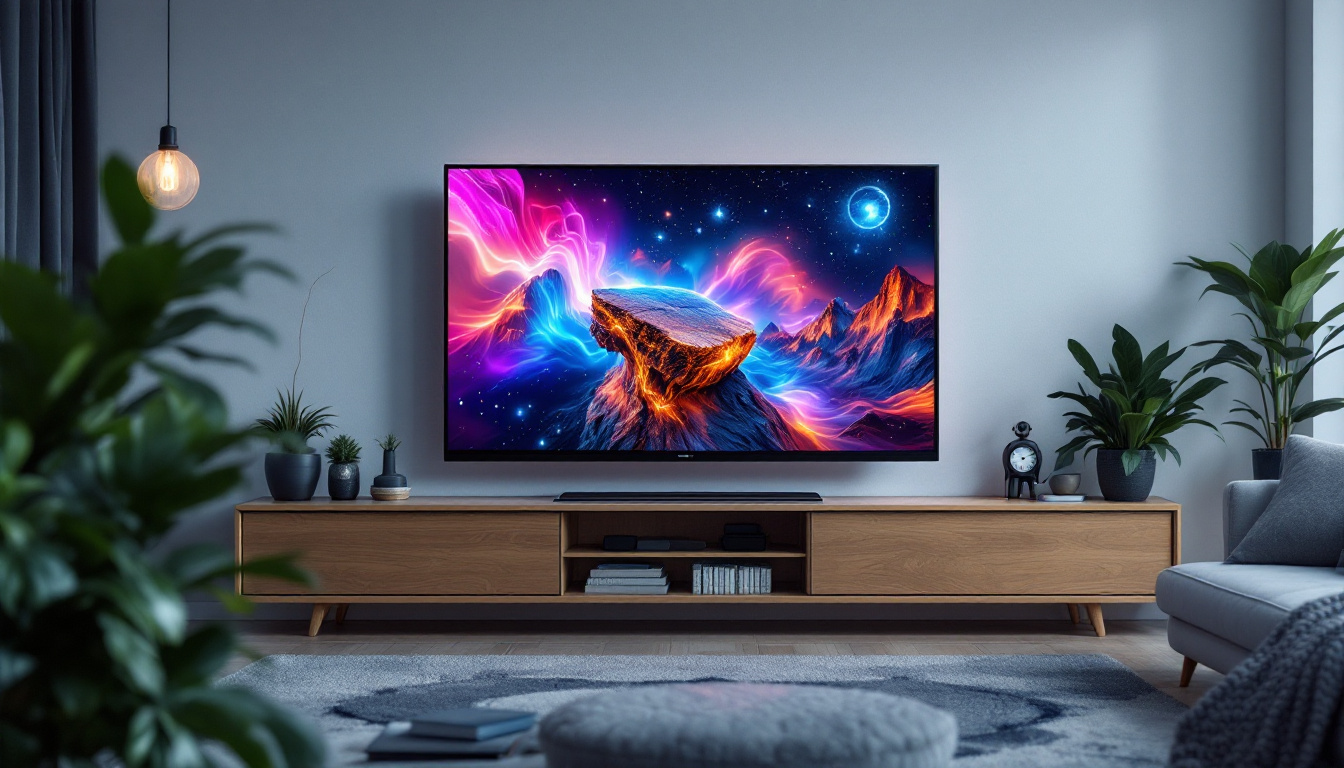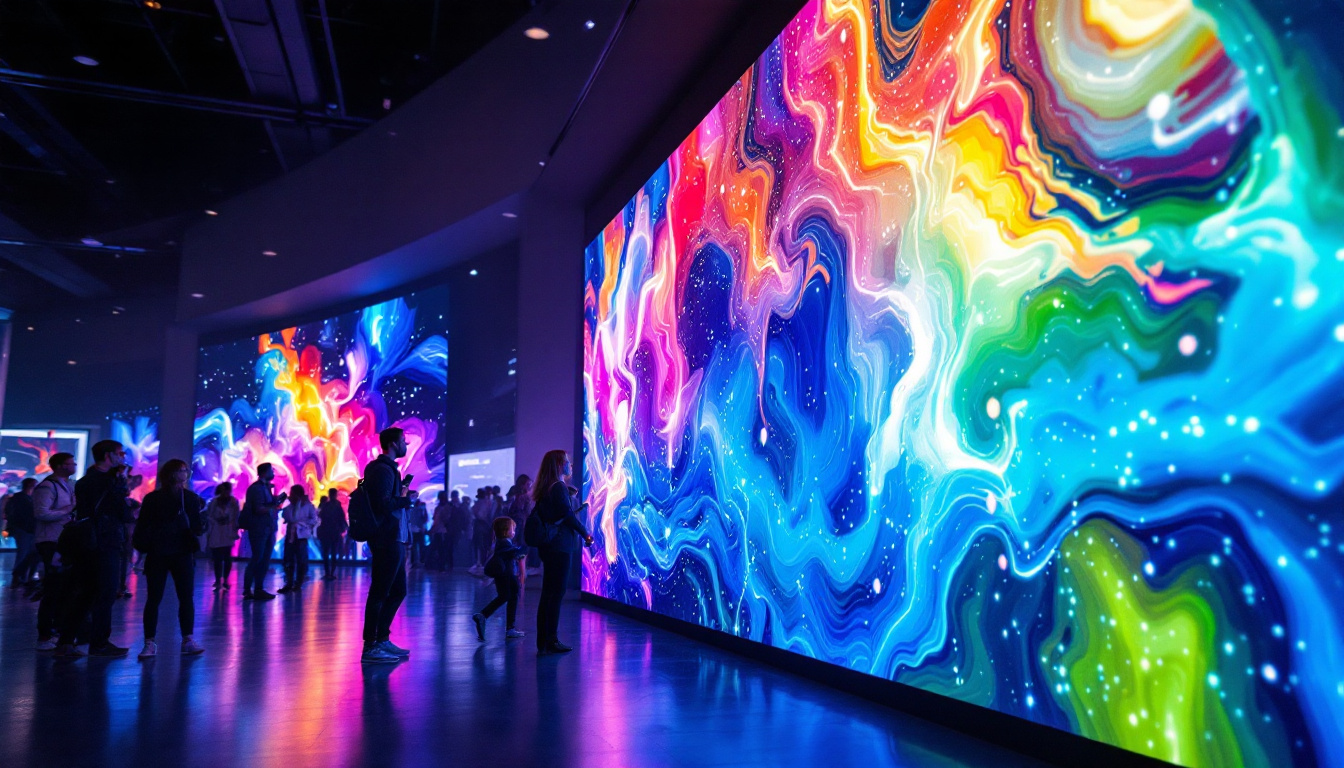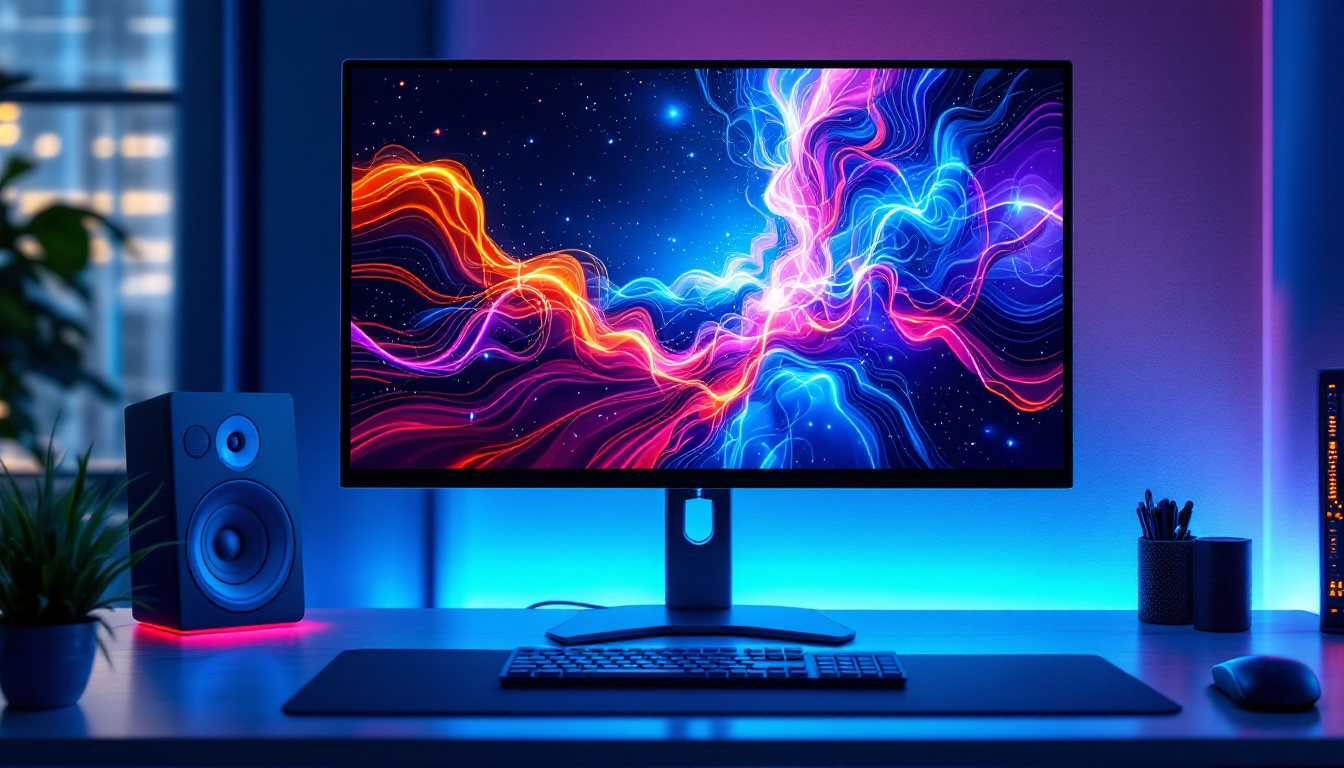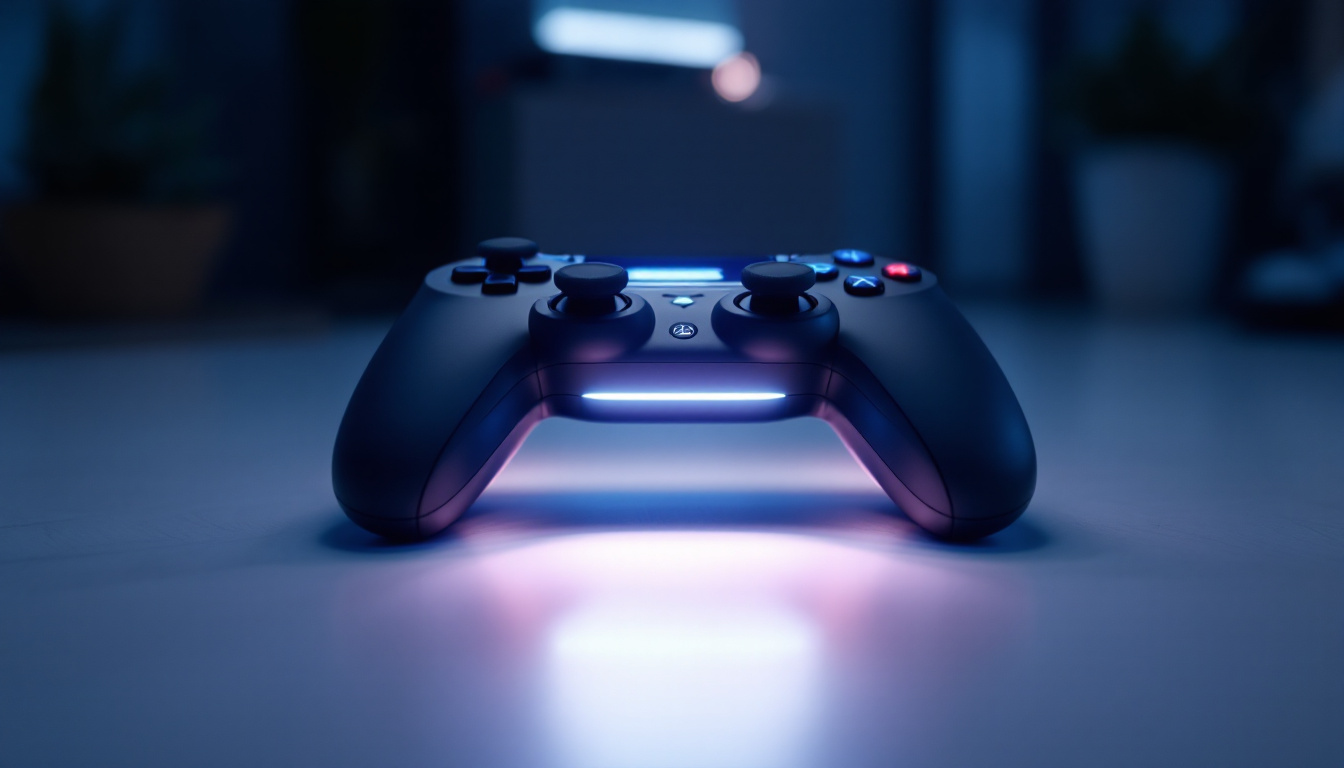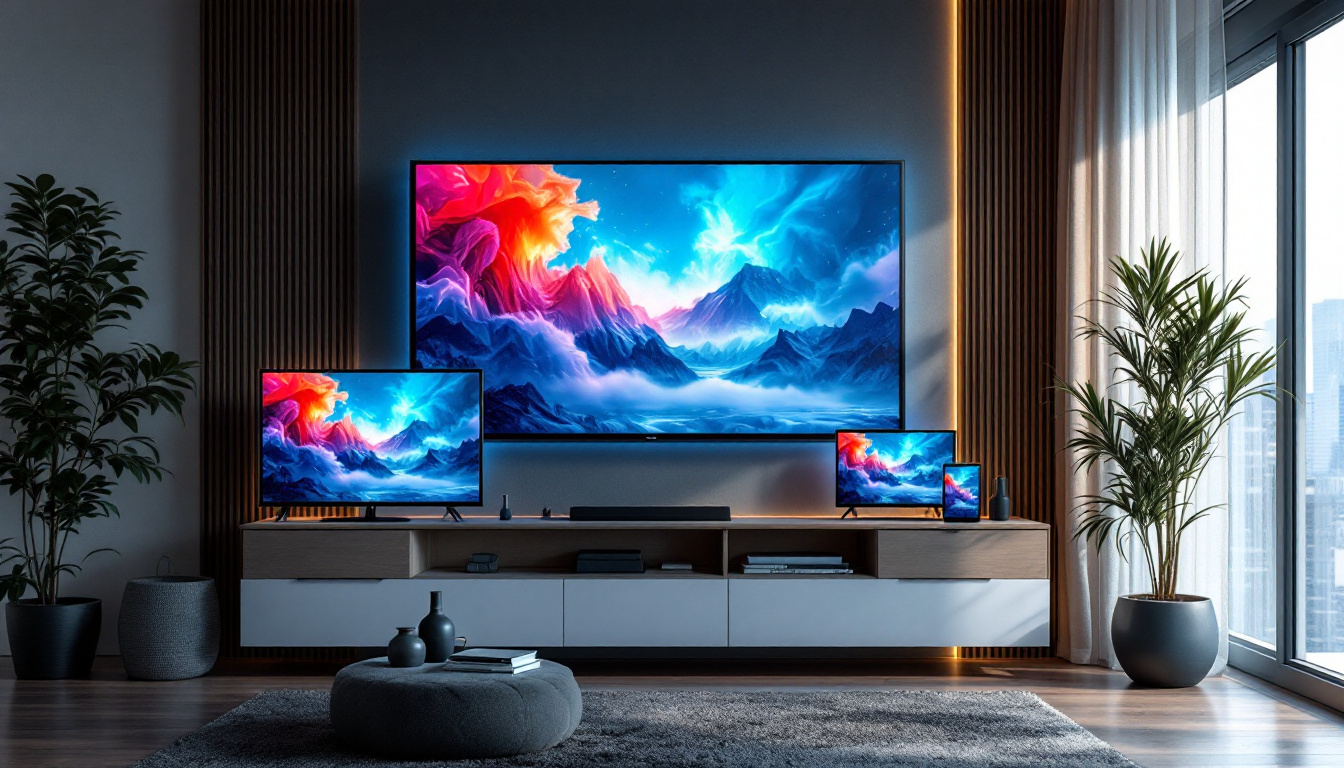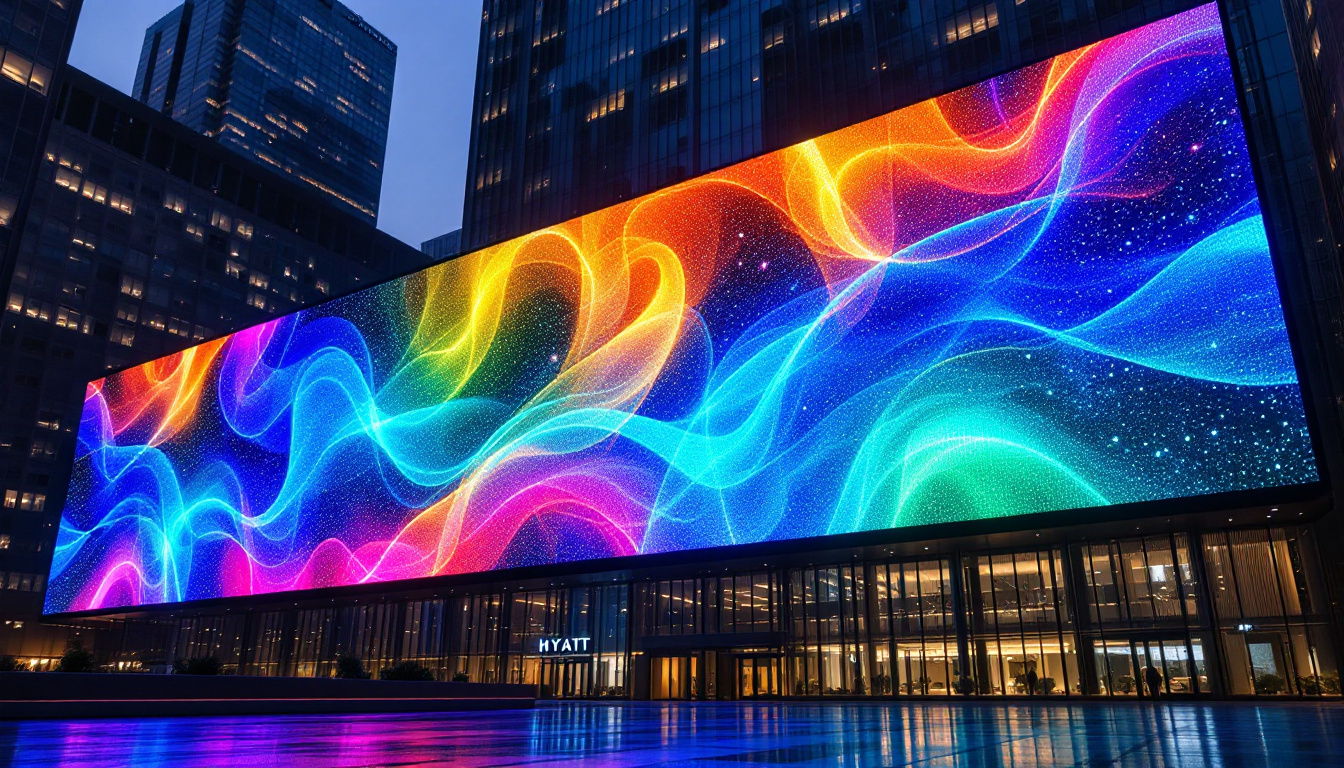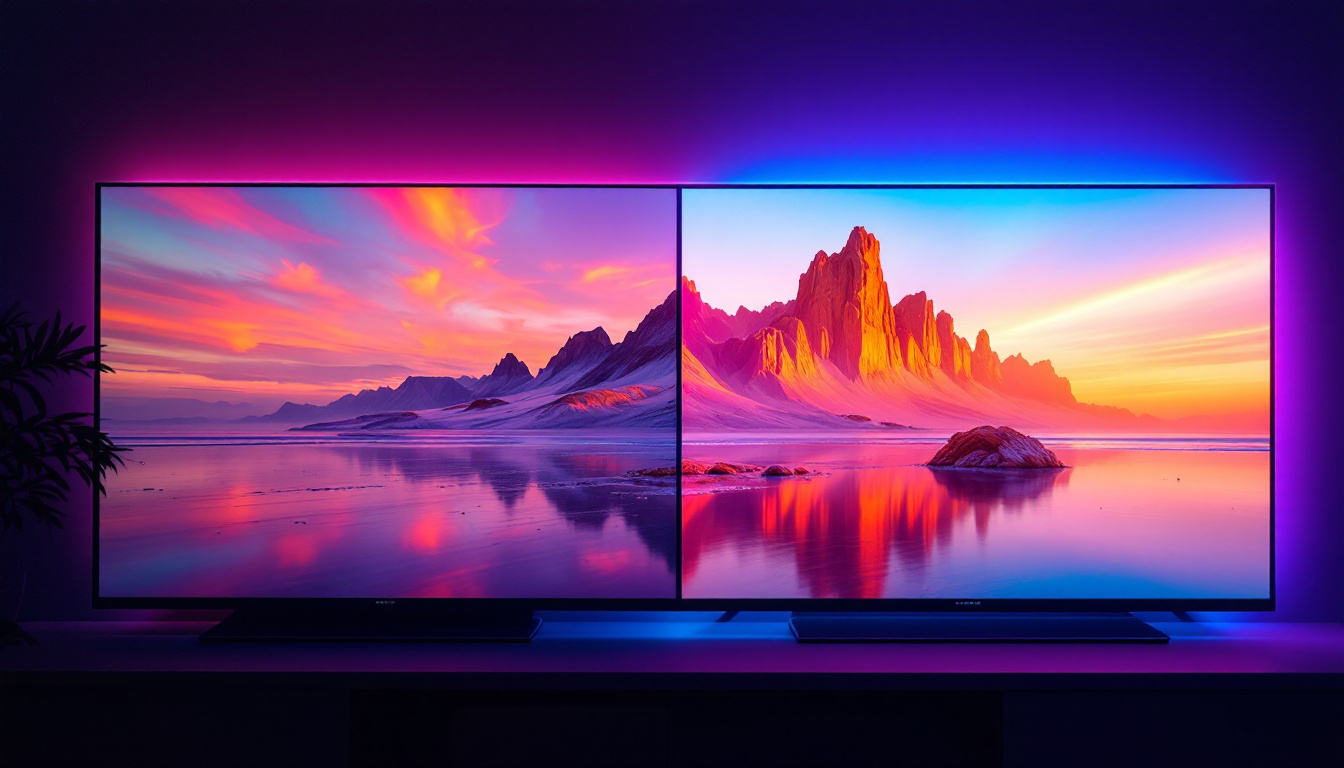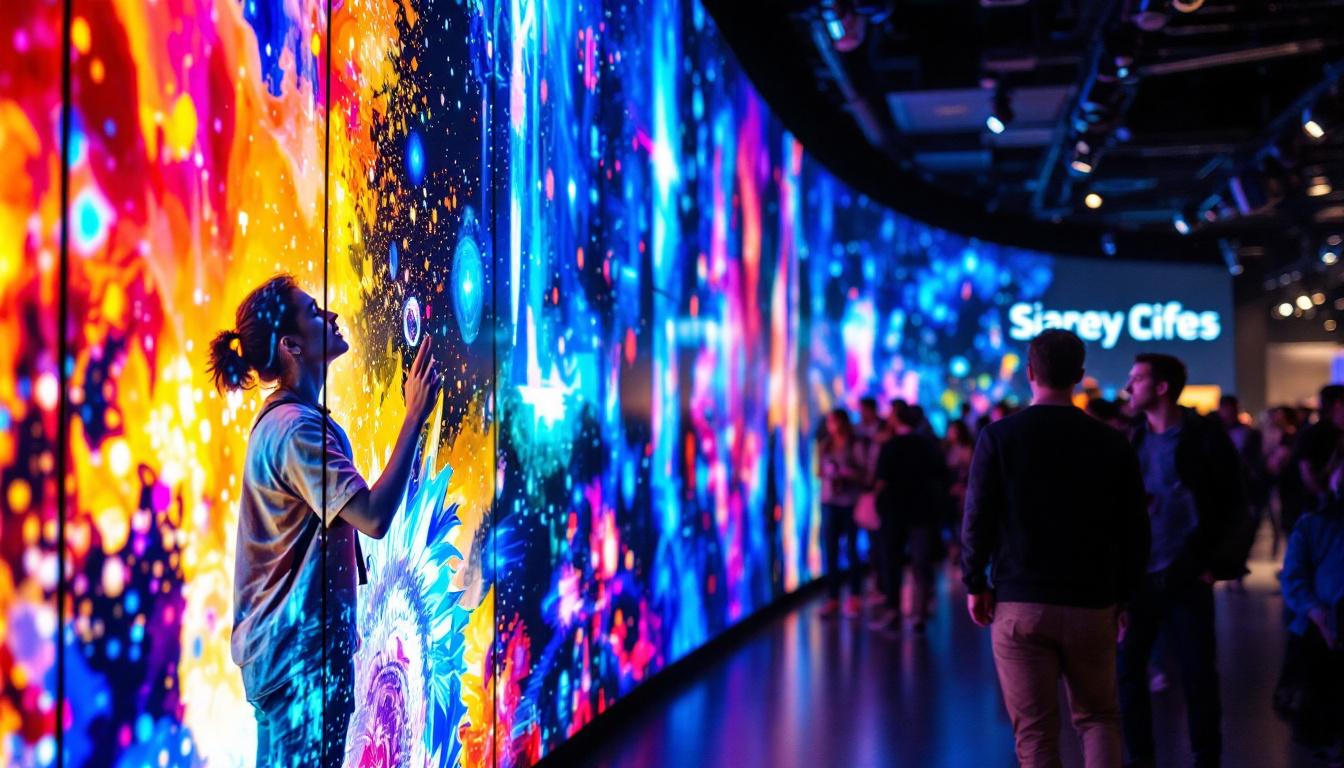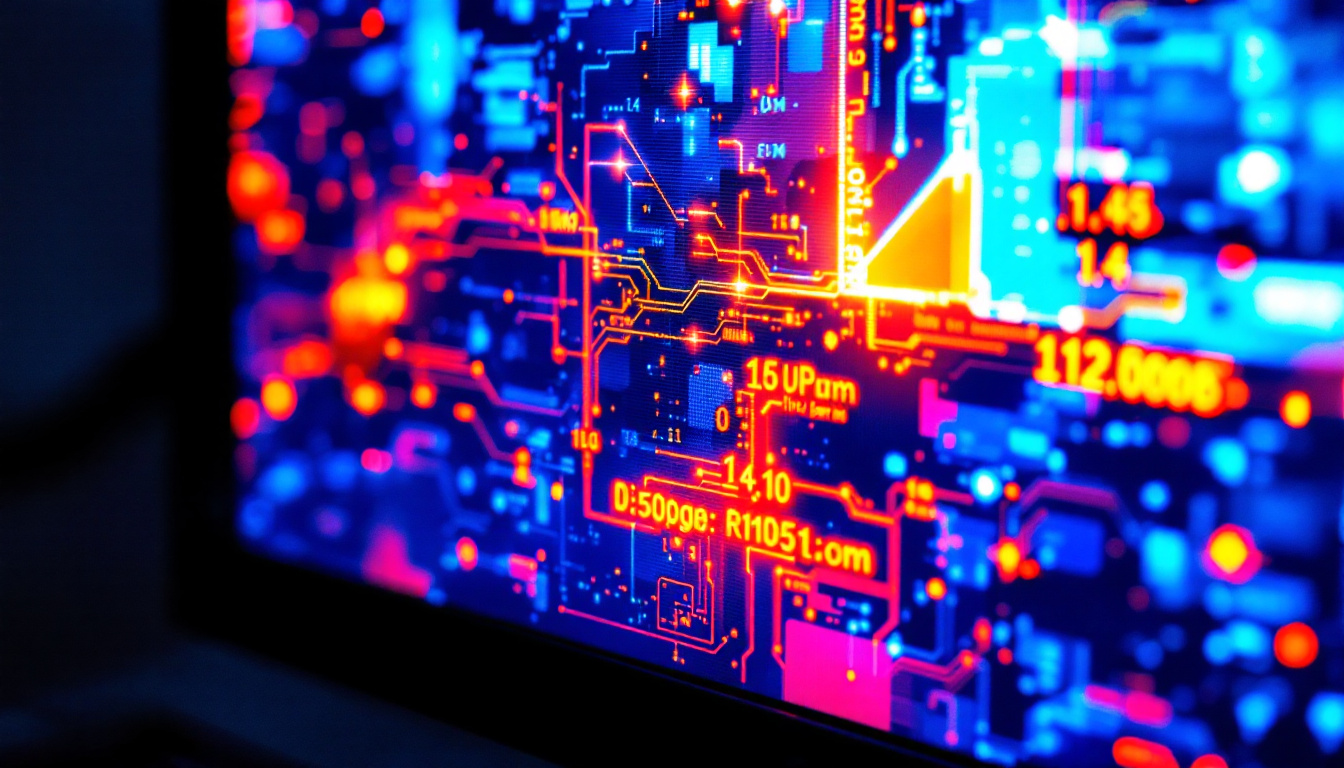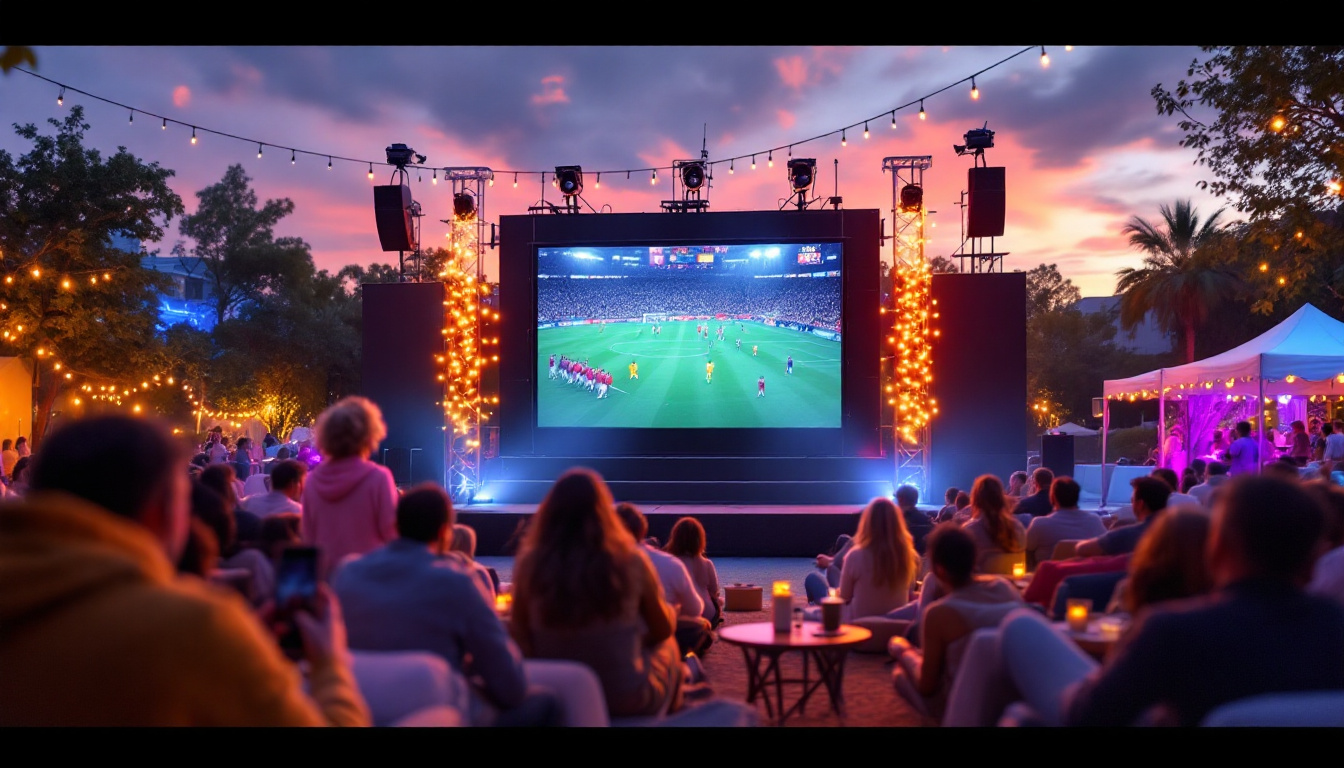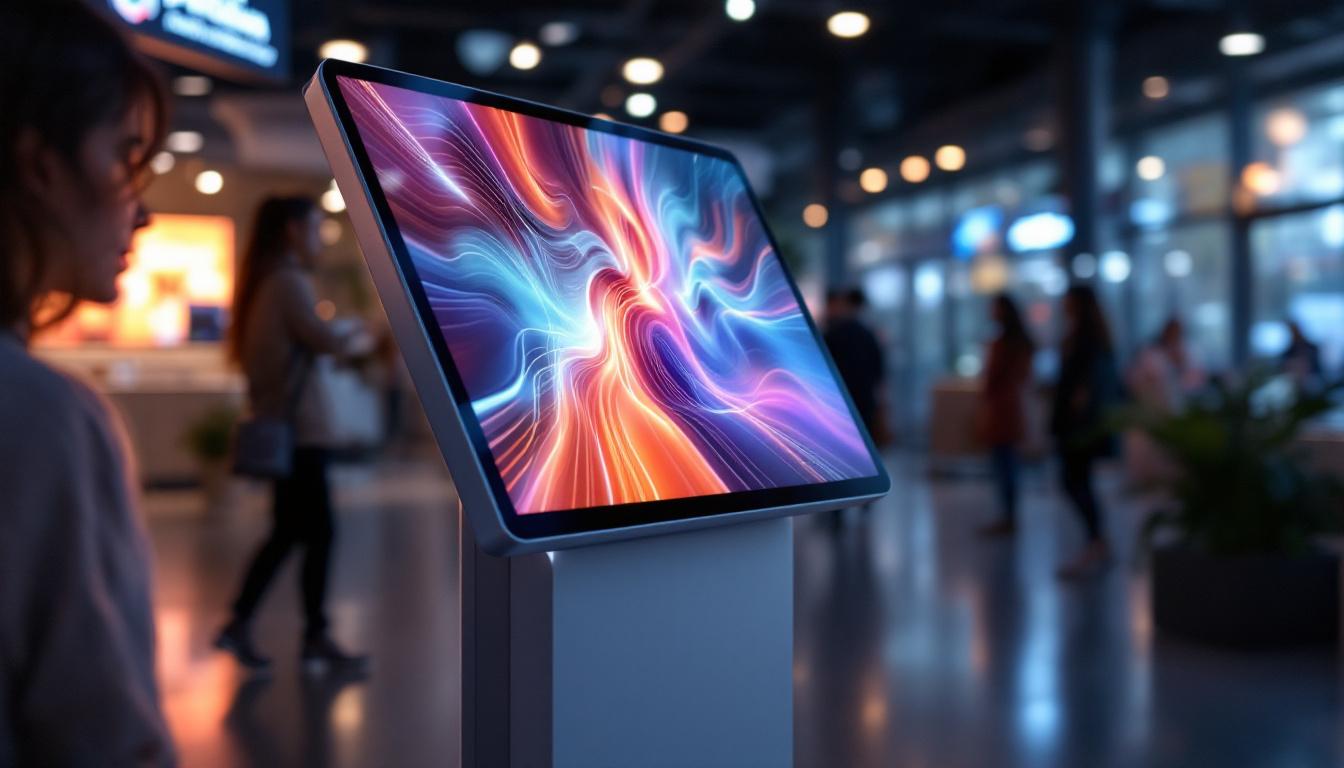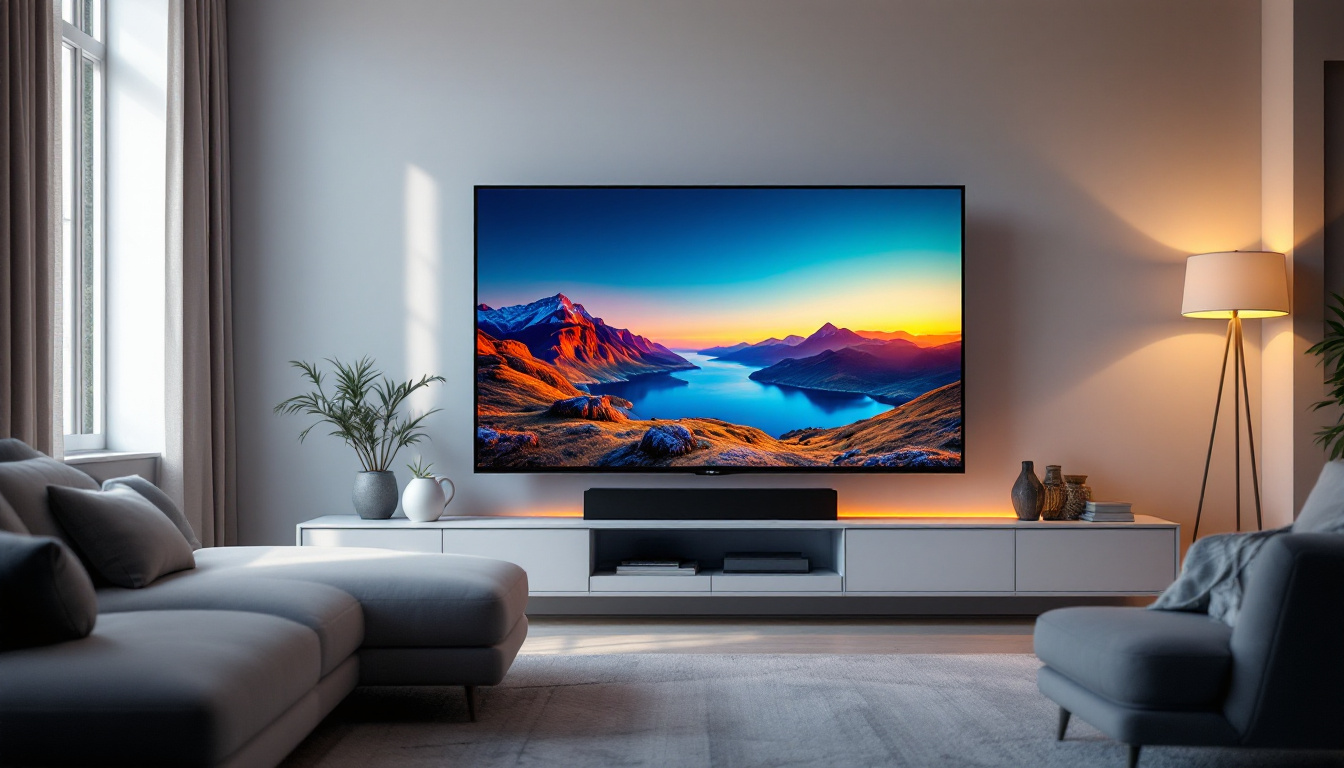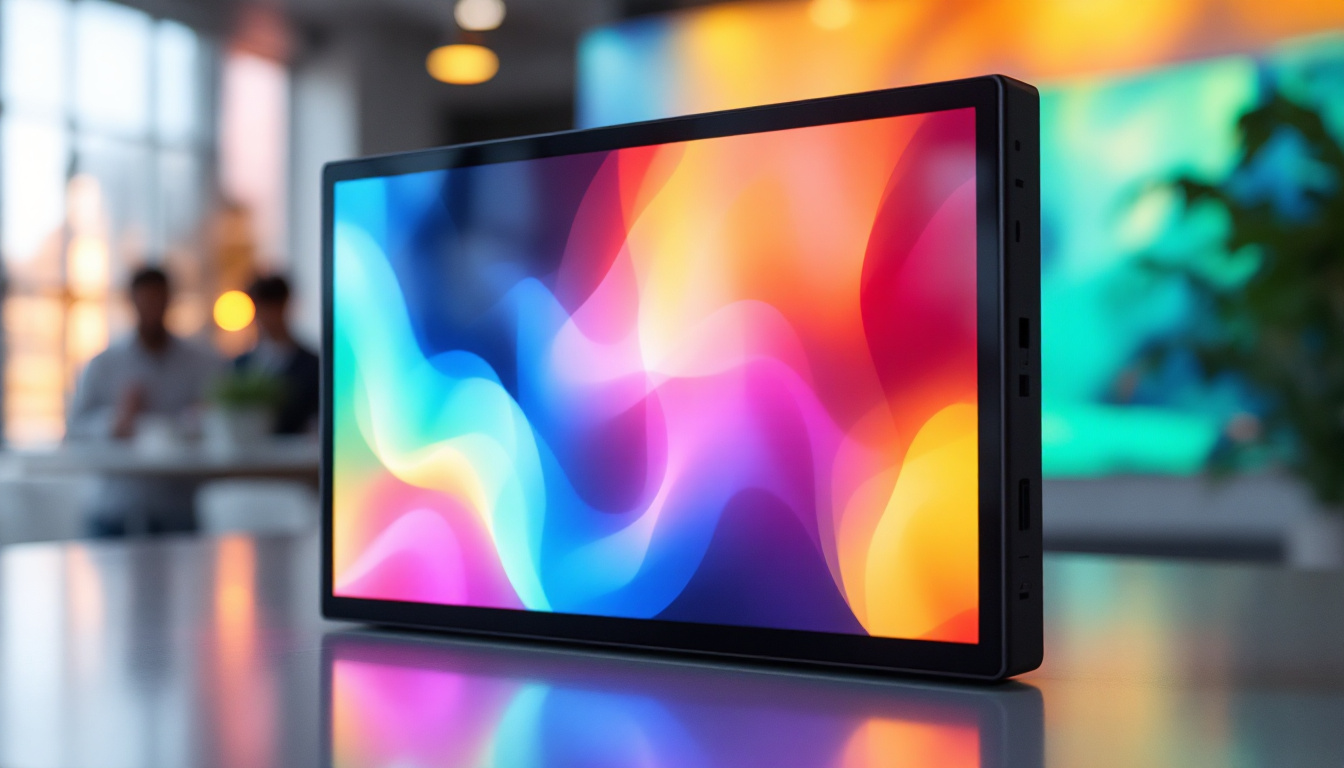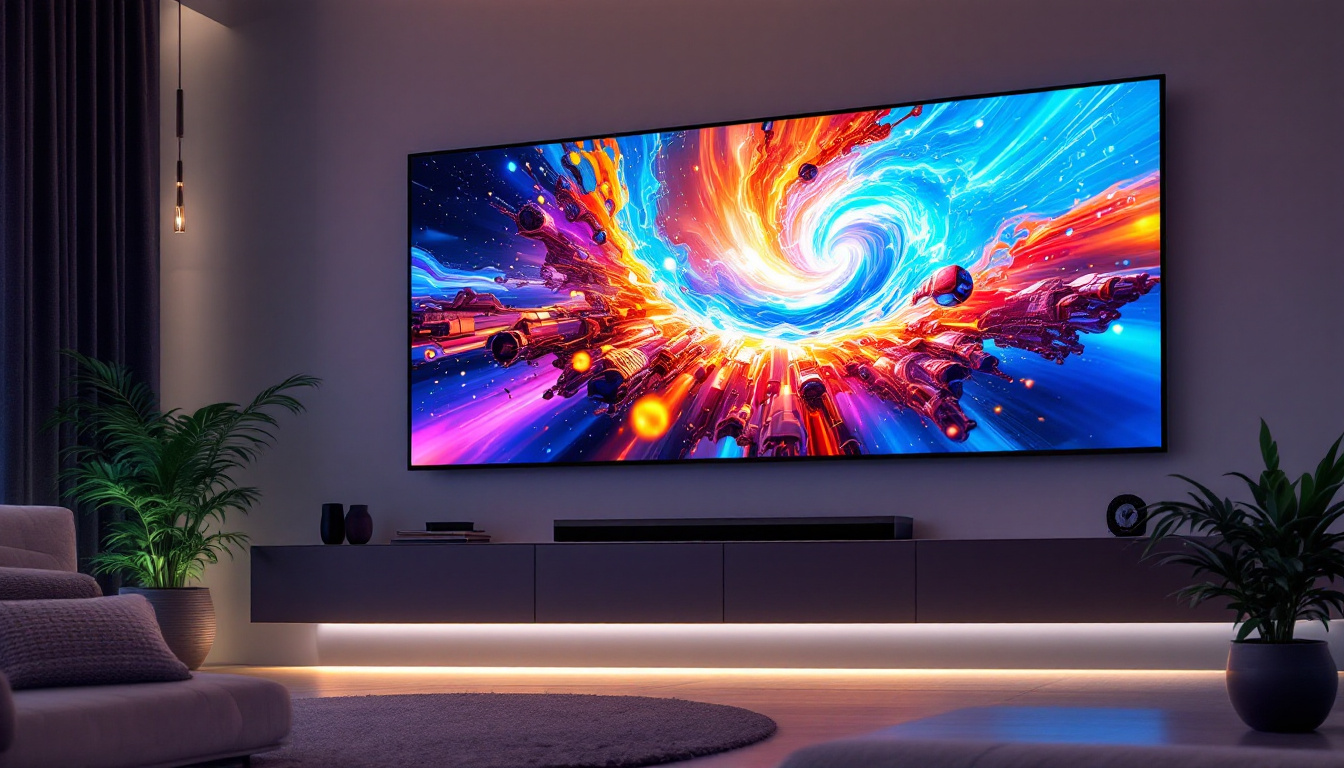Touch Screen TV Monitor: LED Display Explained
The advent of touch screen technology has revolutionized the way we interact with devices, and when combined with LED display technology, it creates a powerful tool for both entertainment and productivity. Touch screen TV monitors are becoming increasingly popular in homes, offices, and educational institutions. This article delves into the intricacies of touch screen TV monitors, particularly focusing on LED displays, their functionalities, advantages, and applications.
Understanding Touch Screen Technology
What is Touch Screen Technology?
Touch screen technology allows users to interact with a display by touching it directly. This interface eliminates the need for traditional input devices like keyboards and mice. Instead, users can navigate through menus, select options, and manipulate content with their fingers. Touch screens can be found in various devices, including smartphones, tablets, and now, increasingly in TV monitors.
There are several types of touch screen technologies, including resistive, capacitive, and infrared. Each type has its unique mechanisms and applications, making them suitable for different environments and user needs. Capacitive touch screens, for example, are commonly used in devices that require multi-touch capabilities, allowing for gestures like pinch-to-zoom. Additionally, some advanced touch screens incorporate haptic feedback, providing tactile responses to user interactions, which can enhance the overall experience by simulating the sensation of pressing a physical button.
How Touch Screens Work
Touch screens operate by detecting the location of a touch on the screen. In capacitive screens, an electric field is created across the surface, and when a finger touches the screen, it disrupts this field, allowing the device to register the touch. Resistive screens, on the other hand, consist of two flexible layers separated by a small gap. When pressure is applied, the layers touch, completing a circuit that registers the location of the touch.
This technology has evolved significantly, leading to more responsive and accurate touch screens that can recognize multiple touch points simultaneously. This advancement has made touch screens more versatile, enhancing user experience across various applications. For instance, in retail environments, touch screens are often used for self-service kiosks, allowing customers to place orders or check in for services independently. Moreover, in educational settings, interactive touch screens have transformed traditional teaching methods, enabling dynamic presentations and collaborative learning experiences, where students can engage directly with the content displayed on the screen.
LED Display Technology Explained
What is LED Display Technology?
LED, or Light Emitting Diode, display technology is a type of flat panel display that uses LEDs to create images. Unlike traditional LCD screens that use fluorescent backlighting, LED displays utilize an array of tiny light-emitting diodes to illuminate the screen. This results in brighter images, improved color accuracy, and greater energy efficiency.
LED displays can be categorized into two main types: edge-lit and direct-lit. Edge-lit displays have LEDs positioned along the edges of the screen, while direct-lit displays have LEDs spread across the entire back panel. Each type offers distinct advantages in terms of design, thickness, and light uniformity. Edge-lit displays tend to be thinner and more lightweight, making them a popular choice for sleek, modern designs. On the other hand, direct-lit displays provide more uniform brightness across the screen, which is particularly beneficial for high-definition content where detail and clarity are paramount.
Benefits of LED Displays
One of the primary advantages of LED displays is their superior brightness compared to traditional displays. This makes them ideal for use in well-lit environments, ensuring that images remain clear and vibrant. Additionally, LED technology offers a wider color gamut, enhancing the visual experience. This means that viewers can enjoy a more immersive experience with richer reds, deeper blues, and more vibrant greens, making LED displays particularly popular in settings like cinemas and art galleries where color fidelity is crucial.
Energy efficiency is another significant benefit. LED displays consume less power than their LCD counterparts, making them a more sustainable choice. Their longevity also contributes to lower maintenance costs, as LED screens typically have a longer lifespan. In fact, many LED displays can last up to 100,000 hours, which translates to years of use without the need for replacement. Furthermore, the reduced heat output of LEDs compared to traditional bulbs means that they can operate in a wider range of environments without the risk of overheating, making them suitable for both indoor and outdoor applications. This versatility has led to their widespread adoption in various industries, from advertising billboards to sports arenas, where high visibility and durability are essential.
Combining Touch Screen and LED Technologies
The Advantages of Touch Screen LED Monitors
Combining touch screen technology with LED displays results in a versatile device that caters to various needs. Touch screen LED monitors offer an intuitive user interface, making them suitable for applications ranging from digital signage to interactive learning environments. The ability to interact directly with the display enhances user engagement and facilitates a more dynamic experience.
Moreover, the combination of these technologies allows for seamless integration into modern workspaces and homes. Whether used for presentations, gaming, or educational purposes, touch screen LED monitors provide a high level of interactivity, making them a valuable addition to any setting. The high-resolution display capabilities of LED technology ensure that images and videos are vibrant and clear, further enhancing the visual experience. Additionally, many touch screen LED monitors come equipped with features such as multi-touch support, which allows multiple users to interact with the screen simultaneously, fostering collaboration and creativity.
Applications of Touch Screen LED Monitors
Touch screen LED monitors have found their way into numerous applications across various sectors. In education, they serve as interactive whiteboards, enabling teachers to engage students through multimedia content. In corporate environments, they facilitate presentations and collaborative work, allowing teams to brainstorm and visualize ideas in real-time. The incorporation of software tools that support annotation and screen sharing makes these monitors even more effective in fostering communication and idea exchange among team members.
In retail, these monitors are used for digital signage and interactive kiosks, enhancing customer experience and providing information at a touch. The ability to customize content in real-time allows businesses to promote special offers or new products instantly, capturing customer attention and driving sales. The entertainment industry also benefits from touch screen LED monitors, which are used in gaming and interactive installations, creating immersive experiences for users. Furthermore, these monitors are increasingly being utilized in museums and exhibitions, where they allow visitors to interact with displays, access additional information, and engage with the content in a more meaningful way, thereby enriching their overall experience.
Choosing the Right Touch Screen LED Monitor
Factors to Consider
When selecting a touch screen LED monitor, several factors should be taken into account to ensure it meets specific needs. Screen size is one of the most critical considerations; larger screens are ideal for presentations and collaborative work, while smaller screens may suffice for personal use or limited space.
Resolution is another essential factor. Higher resolution screens provide clearer images and better detail, which is particularly important for applications involving graphics or video. Additionally, the type of touch technology—capacitive or resistive—should be considered based on the intended use. Capacitive screens are generally more responsive and support multi-touch gestures, while resistive screens can be more affordable and work well with styluses.
Budget and Brand Considerations
Budget constraints often play a significant role in the decision-making process. Touch screen LED monitors are available at various price points, and it is essential to balance features with cost. Investing in a reputable brand can also provide peace of mind, as established manufacturers typically offer better warranties and customer support.
Researching user reviews and expert opinions can help in making an informed decision. Understanding the experiences of others can provide valuable insights into the performance and reliability of specific models.
Future Trends in Touch Screen LED Monitors
Advancements in Technology
The future of touch screen LED monitors is promising, with continuous advancements in technology. Innovations such as improved touch sensitivity, enhanced display quality, and more energy-efficient designs are on the horizon. Manufacturers are also exploring the integration of artificial intelligence, allowing for smarter interactions and personalized user experiences.
Moreover, as the demand for remote work and digital collaboration grows, touch screen LED monitors are likely to become more prevalent in home offices and virtual meeting spaces. The ability to share screens and collaborate in real-time will enhance productivity and communication.
Impact on Various Industries
As touch screen LED monitors become more sophisticated, their impact on various industries will expand. In healthcare, for instance, these monitors can facilitate patient interactions and streamline workflows in hospitals and clinics. In retail, they can enhance customer engagement through personalized experiences and interactive displays.
The education sector will also continue to benefit from these technologies, with touch screen LED monitors transforming traditional classrooms into interactive learning environments. As technology evolves, the potential applications for touch screen LED monitors will likely grow, leading to more innovative uses across different fields.
Conclusion
Touch screen TV monitors equipped with LED display technology represent a significant advancement in how users interact with visual content. The combination of touch interactivity and high-quality displays enhances user experience, making these devices suitable for a wide range of applications.
As technology continues to evolve, touch screen LED monitors will likely become even more integrated into everyday life, transforming how we work, learn, and entertain ourselves. Understanding the intricacies of these devices and their benefits can help consumers make informed decisions when choosing the right monitor for their needs.
In a world increasingly driven by technology, touch screen LED monitors stand out as versatile tools that cater to both personal and professional requirements, paving the way for a more interactive future.
Explore the Future of Visual Engagement with LumenMatrix
Ready to elevate your visual experience and embrace the interactive future? Discover LumenMatrix’s innovative LED display solutions that bring your content to life. From captivating Indoor and Outdoor LED Wall Displays to dynamic Vehicle and Sports LED Displays, LumenMatrix offers a wide array of products designed to enhance engagement and communicate your message with unparalleled clarity. Whether you’re looking to create an immersive environment with a Floor LED Display or make a bold statement with a Custom LED Display, LumenMatrix has the technology to transform your space. Don’t miss out on the opportunity to revolutionize your visual communication. Check out LumenMatrix LED Display Solutions today and step into a world where technology meets creativity.

